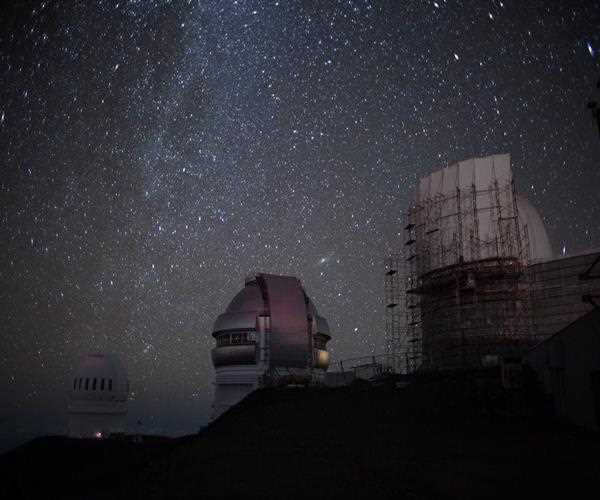Telescopes are optical instruments that help astronomers observe the cosmos. They use lenses and mirrors to collect and focus light from distant objects, allowing us to study the universe in great detail. However, telescopes are limited by a number of factors, such as atmospheric distortion, light pollution, and the Earth's rotation. To overcome these challenges, telescopes are often placed on the top of mountains or in space.
Mountaintop Observatories: One of the main challenges faced by ground-based telescopes is atmospheric distortion. The Earth's atmosphere is constantly in motion, which causes the light passing through it to bend and scatter. This can make images blurry and reduce the clarity of observations. To minimize the effects of atmospheric distortion, telescopes are often placed on the top of mountains.

Mountains provide several advantages for telescopes:First, they are often above the densest layers of the atmosphere, which reduces the amount of air the light has to pass through. This helps to minimize the distortion caused by atmospheric turbulence. Second, mountains are often located far away from sources of light pollution, such as cities, which can interfere with observations. Finally, mountaintops can provide stable platforms for telescopes, reducing the effects of vibrations and movement caused by wind and seismic activity.
Space Observatories: While mountaintop observatories can improve the quality of astronomical observations, they are still limited by the Earth's atmosphere. To overcome this limitation, astronomers have developed space-based telescopes, which are placed in orbit around the Earth or beyond.
Space telescopes offer several advantages over ground-based observatories. First, they are not affected by atmospheric distortion, as there is no atmosphere in space. This allows them to capture images with greater clarity and detail. Second, space telescopes are not affected by light pollution, as they are located far away from the Earth's surface. This means that they can observe objects that are too faint to be seen from the ground. Finally, space telescopes can observe the universe in a wider range of wavelengths, such as ultraviolet and X-rays, which are absorbed by the Earth's atmosphere.
However, space-based telescopes also have some limitations. They are expensive to build and launch, and can be difficult to repair or upgrade once in space. They are also limited by the amount of power and data they can transmit back to Earth.